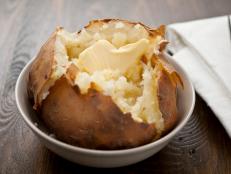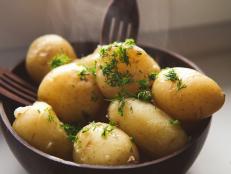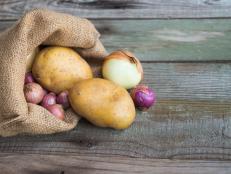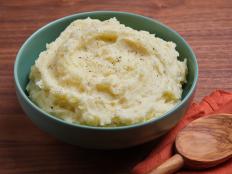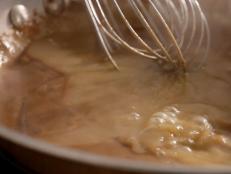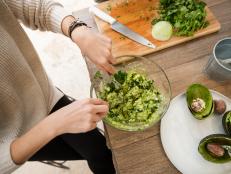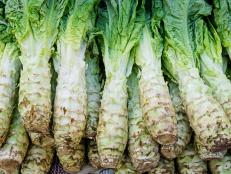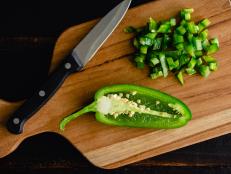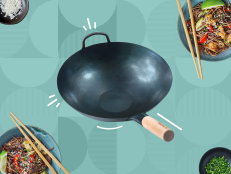How to Thicken Soups, Sauces, Chili and Other Foods
Learn the sneaky tips and techniques to thicken whatever you're cooking.

Renee Comet
By Regan Cafiso for Food Network Kitchen
Does this scenario sound familiar? You followed the recipe to a T, but your soup or sauce ended up watery and thin. Don't worry — there are several easy ways to thicken soup and other foods without sacrificing texture or flavor. The key is to choose the best method for your dish.
How to Thicken Sauce, Stew and Braises
For stews, braises, sauces and some soups, you can create a luscious, spoon-coating texture by reducing the cooking liquid. "Reducing" simply means simmering a liquid long enough to evaporate the extra water, concentrating the flavors and thickening the dish.
Remove large pieces of meat or vegetables from the liquid before reducing so they don't overcook. Sauces, broths and pureed soups can simply simmer as-is. If possible, use a wider pan to accelerate evaporation and do not use a lid, which would keep the liquid from escaping. Bring the liquid to a gentle simmer, stirring occasionally to make sure there is no burning or sticking to the bottom of the pan.
Keep in mind that seasonings like salt will concentrate as well, so wait until after you're finished to add additional salt and pepper. The dish will also thicken a little further off the heat. Remove it from the stove just short of the exact consistency you're aiming for.
How to Thicken Soup
Soups can be thickened through reductions, but they could end up overcooked or too salty. To thicken soups without extra cooking or concentration, add natural thickeners of potatoes and rice, which are full of starch, so thicken them without changing the flavor. Add cooked white rice or peeled, cubed potatoes to the soup and simmer until the starches release and the mixture thickens.
You can also puree some of your soup to thicken it, if the soup is studded with components that would blend well. Simply blend about a cup or so until smooth, then add it back to the pot for just the right consistency. This works especially well for vegetable and bean soups (pictured).
How to Thicken Chili
Some people consider chili a stew, others consider it a soup and still others think it deserves a category of its own. All this to say: you can thicken chili using any of the techniques described in the previous two sections about thickening stews and soups.
You can also employ a few other neat tricks. First, you can stir in 1 cup of mashed beans or refried beans to your chili. The starch in the beans will immediately thicken the chili, just make sure to add some extra seasonings to maintain your chili’s flavor.
Second, you can add some crushed corn chips – tortilla chips work well, as do salty Fritos. The chips will soak up liquid and become soft, thickening the chili and adding flavor without being noticeable.
How to Thicken Gravy and Pan Sauce
The best stir-fries have a luscious, glossy sauce that clings to the meat and vegetables, thanks to the addition of cornstarch. Cornstarch also works well for gravies and pan sauces.
Cornstarch gets lumpy if added directly to a hot liquid. To avoid this, make a slurry of cornstarch and cool water to add to your dish. Use 1 tablespoon cool water for 1 teaspoon cornstarch. Mix them together until dissolved and smooth.
Add the slurry to the simmering liquid a little at at time, stirring until it thickens. It's important to note that the sauce must be simmering at about 200 degrees F for the cornstarch's thickening properties to fully activate. If it does not reach this temperature, it will not thicken. When you've reached the consistency you like, stop adding the slurry and remove the pan from the heat. Too much stirring or cooking can weaken the thickening power of cornstarch.
Related Content:






















